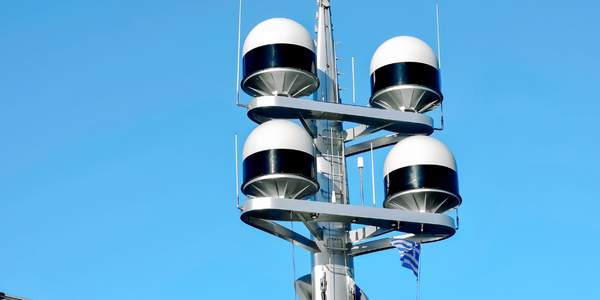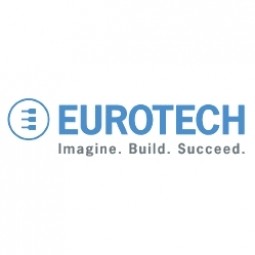
技术
- 处理器与边缘智能 - 片上系统
适用行业
- 电子产品
适用功能
- 物流运输
用例
- 边缘计算与边缘智能
客户
应用声学
关于客户
Applied Acoustics 是海底定位、跟踪和海底探查设备的领先制造商。这些系统用于各种海底商业、军事和环境项目。
挑战
Applied Acoustics Easytrak 便携式声学导航系统可以承担海床测绘、拖鱼跟踪和控制机器人车辆的各种跟踪和定位任务。它还用于定位海底潜水员,因此对人员安全至关重要。为了应对困难的操作环境,需要一台强大的单板计算机。
解决方案
Eurotech VIPER 是一款超低功耗无风扇单板计算机。该板在 Windows CE 软件上运行并与 DSP 通信以解释目标定位并在 640 x 480 分辨率 LCD TFT 显示器上显示结果。解决方案评估 - 类型:IT - 成熟度:高(技术已投放市场 > 5 年) 硬件组件 - VIPER 单板计算机 - 数字信号处理 (DSP) 板 - LCD TFT 显示器
收集的数据
Acoustic Positioning, Asset Location, Asset Status Tracking, Employee Location, Equipment Status
运营影响
数量效益

Case Study missing?
Start adding your own!
Register with your work email and create a new case study profile for your business.
相关案例.

Case Study
Remote Temperature Monitoring of Perishable Goods Saves Money
RMONI was facing temperature monitoring challenges in a cold chain business. A cold chain must be established and maintained to ensure goods have been properly refrigerated during every step of the process, making temperature monitoring a critical business function. Manual registration practice can be very costly, labor intensive and prone to mistakes.

Case Study
Cloud Solution for Energy Management Platform-Schneider Electric
Schneider Electric required a cloud solution for its energy management platform to manage high computational operations, which were essential for catering to client requirements. As the business involves storage and analysis of huge amounts of data, the company also needed a convenient and scalable storage solution to facilitate operations efficiently.

Case Study
Leveraging the IoT to Gain a Competitive Edge in International Competition
Many large manufacturers in and outside Japan are competing for larger market share in the same space, expecting a growing demand for projectors in the areas of entertainment, which requires glamor and strong visual performance as well as digital signage that can attract people’s attention. “It is becoming more and more difficult to differentiate ourselves with stand-alone hardware products,” says Kazuyuki Kitagawa, Director of Service & Support at Panasonic AVC Networks. “In order for Panasonic to grow market share and overall business, it is essential for us to develop solutions that deliver significant added value.” Panasonic believes projection failure and quality deterioration should never happen. This is what and has driven them to make their projectors IoT-enabled. More specifically, Panasonic has developed a system that collects data from projectors, visualizes detailed operational statuses, and predicts issues and address them before failure occurs. Their projectors are embedded with a variety of sensors that measure power supply, voltage, video input/ output signals, intake/exhaust air temperatures, cooling fan operations, and light bulb operating time. These sensors have been used to make the projector more intelligent, automatically suspending operation when the temperature rises excessively, and automatically switching light bulbs. Although this was a great first step, Panasonic projectors were still not equipped with any capability to send the data over a network.






